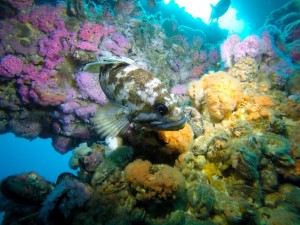 Eco-Effective Strategies is a one-woman-company, led by Anne-Mette Jørgensen, collaborating with other individuals and companies on a project-by-project basis.
Eco-Effective Strategies is a one-woman-company, led by Anne-Mette Jørgensen, collaborating with other individuals and companies on a project-by-project basis.
My mission is to facilitate companies, governments and NGOs in the development and implementation of eco-effective strategies and solutions.
For each project, I set up the best possible team of people for that task, knowing that such a team is rarely available within one and the same organization. I work closely with other consultants and am an Associate at MSG Sustainable Strategies. But, I’m not just a consultant; I also want to make a real difference and contribute actively to building a sustainble world. Therefore, I founded North Sea Futures and form part of the teams of Fizzy Transition Ventures and Carbon Collectors.
So don’t hesitate to contact me if you need help to design or improve your sustainability strategy or CSR policy; to better engage with external and internal stakeholders or simply to support your team with expert knowledge and long-time experience in how to navigate the sometimes treacherous passages towards Eco-Effective solutions.
The concept of Eco-Effectiveness seeks to realize a supportive relationship between the ecological systems on which we as humans depend and long-term economic success. The goal is not to minimise human impact on ecological systems and the cradle-to-grave flow of materials, but to maximize our positive impact on the world around us and to generate cyclical, cradle-to-cradle flows of materials that maintain or even increase their value as a resource over time (upcycling).
Current focus: Energy Transition, Artificial Reefs & Marine Ecosystems
In order to meet the needs of a growing world population, there is no doubt we need to make better and more sustainable use of our oceans and seas. Based on learnings from the past 10 years, I believe that we need to think about our role as humans in marine ecosystems in a new way. Rather than developing energy installations, artificial reefs and other offshore structures for one particular purpose and removing them to shore when we no longer need them for that particular purpose, we should explore how to (re)use them for multiple purposes and try to maximize the number of (ecosystem) services that can be provided by these structures in one place. Building and transporting offshore structures from virgin material costs a lot of resources and energy. Placing them on the seabed, so they can be safely used, disturbs surrounding marine communities. Taking them away, once again disturbs marine life. At the moment, most of my work focuses on challenges related to the design, (re)use and repurposing of offshore structures as you may see under Projects.
If you want to know more, send me an email and I will get in touch with you as soon as possible.

